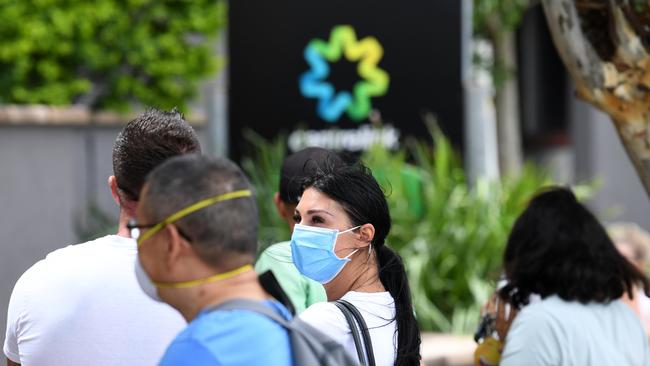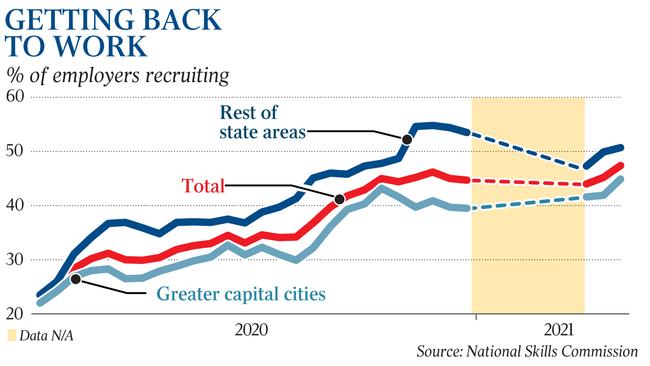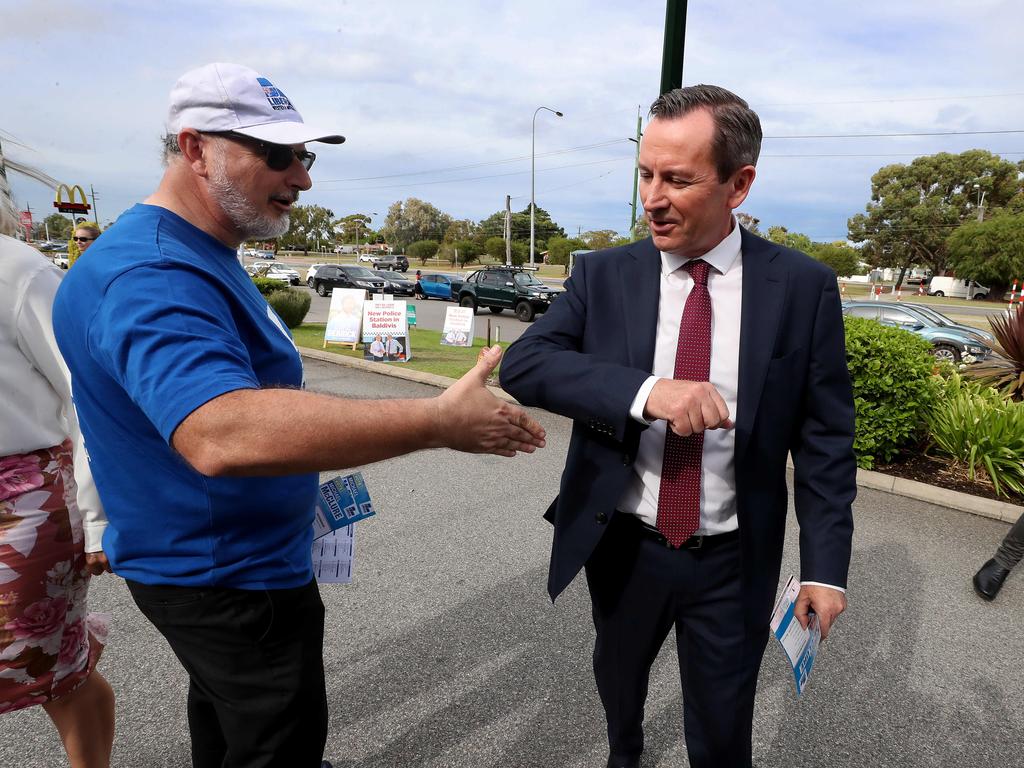Million on dole as businesses struggle to fill vacancies
Employers report ‘significant’ staff shortages even though 1.2m Australians still on JobSeeker.

Employers are reporting “significant” staff shortages and recruitment difficulties across the nation, despite more than 1.2 million Australians still relying on JobSeeker payments.
The Australian can reveal almost one in two businesses is actively recruiting workers — the highest number since the peak of the pandemic last year — with the greatest demand in regional areas.
National Skills Commission data shows that in the four weeks to February 19, 39 per cent of recruiting employers reported difficulties hiring employees.
Testing staffing expectations over the next three months, the NSC said 21 per cent of businesses were planning on increasing staff levels, compared with 3 per cent of employers considering cutting back.
The Australian Bureau of Statistics has also released data, based on a survey of about 1300 businesses between February 10 and 17, showing 13 per cent of employers were “significantly impacted by staff shortages”.

Across the arts, recreation, healthcare and social-assistance sectors, 21 per cent of businesses reported being impacted by staffing shortages. The manufacturing and information media and telecommunications sectors were over-represented among the 22 per cent that said they were significantly “impacted by changes to government support”.
Appearing in front of a parliamentary committee into migration on Monday, Australian Veterinary Association national president Warwick Vale said his industry faced a “severe veterinary workforce shortage”, and called on the Department of Home Affairs to add vets to the priority skilled occupation list.
“In my time in the profession, I have never seen something of this magnitude in terms of the lack of veterinarians available,” Dr Vale said, with about 1500 veterinary jobs advertised across the country. The shortage had been exacerbated by the collapse of migration into the country, with closed borders also hindering the return of overseas-based Australian vets.
The snapshot of employer difficulties in filling staff shortages comes as more than 176,000 jobs were advertised in February, the most since October 2018.
ANZ jobs ads jumped 7 per cent last month, recording about 20,000 more roles compared with the same time last year.
With JobKeeper and JobSeeker coronavirus supplement payments ending this month, Employment Minister Michaelia Cash said “employers are still struggling to hire Australians” despite COVID-19 restrictions being lifted and businesses reopening.
“Parts of Australia, particularly outside capital cities, are struggling to fill their labour demand. We need to do more to help those businesses … at the forefront of our economic recovery,” Senator Cash said. “We have entered a new phase of the economy. Of the jobs lost from the pandemic, 93 per cent have returned. Businesses are looking to hire even more.
“Every day, we hear more stories of employers across Australia receiving hundreds of job applicants only for a handful to show up to an interview.”
Senator Cash said the employer reporting line, announced last week after the government said it would increase the dole by $50 a fortnight when the $150 coronavirus supplement ceased next month, was aimed at ensuring “jobseekers do the right thing”.
The measure, as well as stricter mutual obligations requiring jobseekers to complete 20 job searches a month from July 1, allows businesses to contact the government if a person rejects a job they are qualified for.
If the jobseeker has no valid reason, they will be breached.
The reporting line will also be a conduit between business and local employment service providers who can refer “motivated jobseekers”.
While more than 90 per cent of job losses at the height of the COVID-19 recession had been recouped by January, a sizeable portion of the workforce is out of work and reliant on government income support. The unemployment rate fell to 6.4 per cent in January after reaching 7.5 per cent in July, but is above the 5.1 per cent recorded before the health crisis.
Preliminary government data revealed 960,000 individuals were on the wage subsidy in January, compared with 3.6 million workers at the height of the program. Treasury has estimated roughly 100,000 employees receiving JobKeeper and working zero hours may be vulnerable to losing their jobs come April.







To join the conversation, please log in. Don't have an account? Register
Join the conversation, you are commenting as Logout